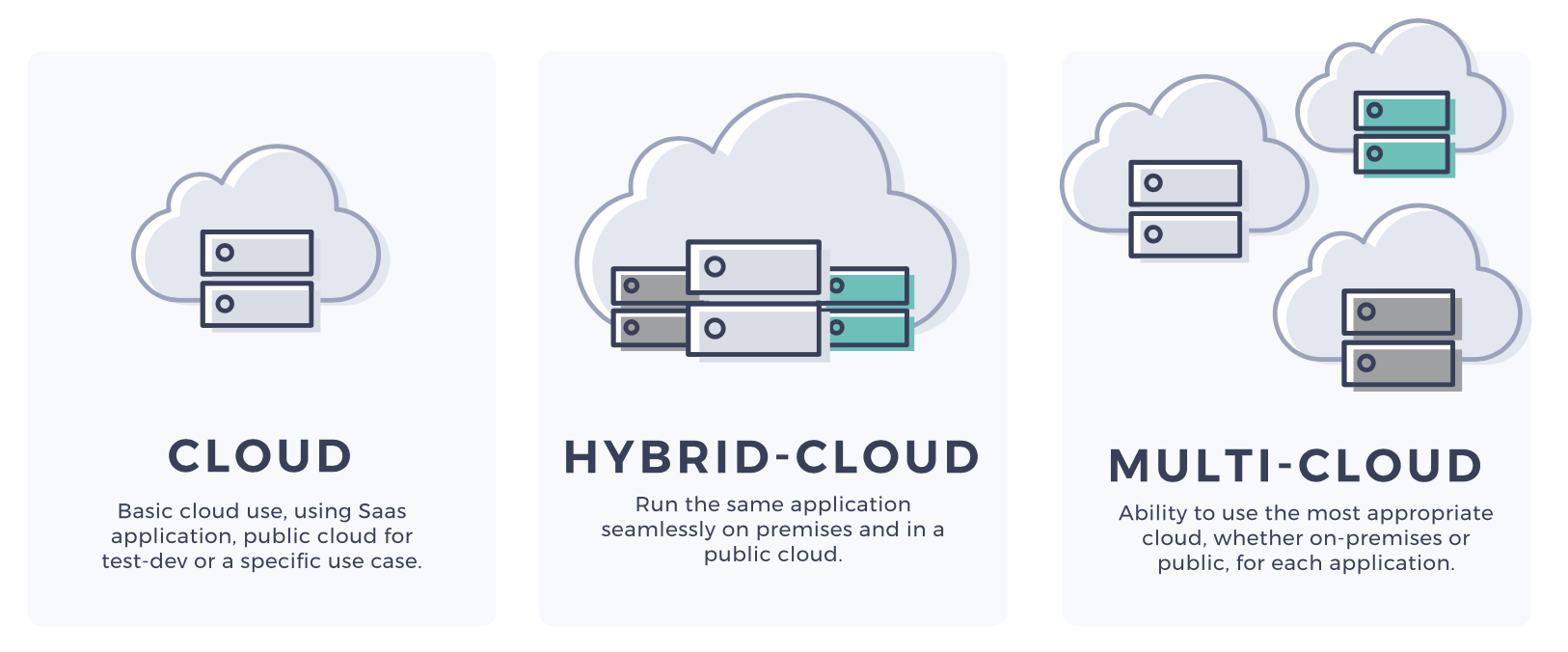
Since the start of the pandemic, digital transformation has accelerated as more businesses see the need to adopt advanced technologies and do so quickly. Providing ways to propel businesses forward, adapt to new ways of working and cut-costs, digital transformation has many benefits. Cloud adoption, while a necessary element of that transformation, is not without its challenges. Before migration takes place, companies need to know what the main challenges are. Here, we explain.
Security in the cloud

Cloud services, in themselves, are exceptionally secure. All cloud providers have to comply with stringent regulations and this requires them to put robust security measures in place, including the use of strict protocols and advanced security tools. However, companies still have concerns about multi-tenancy and data location.
Multi-tenancy can be a compliance issue for some organisations which hold sensitive data. The problem can be overcome by storing the data in a single-tenancy private cloud where they have dedicated use of the underlying hardware.
Data location is an issue for organisations which store data protected by regulations such as GDPR. Using a cloud provider that migrates data or backups between countries, puts the data at risk of being kept in a nation that doesn’t comply with those regulations. For example, EU citizen data is protected by GDPR, however, if it is stored on servers in the US, the government there has legal access to it for national security purposes. If it is accessed, the organisation will be in breach of compliance. The easy solution here is to opt for a cloud provider which locates all its datacentres in a single country, as Anteelo does in the UK.
Cost management

One of the biggest advantages of the cloud is the ability to reduce capital expenditure on hardware and in-house datacentres. The other financial advantage is that cloud resources are chargeable on a pay per use basis, enabling companies to scale up and down quickly so that costs can be minimised.
The financial risks here depend on how well a company manages its use of the cloud. Poorly managed, it is easy for the use of these on-demand resources to spiral and this can be costly. Companies need to implement use policies, monitor cloud usage and carefully analyse where the money is being spent.
Lack of IT expertise

Migration to the cloud not only presents a new type of infrastructure to an organisation; it also puts a host of new technologies at their disposal. While the benefits of using these are the prime reason for cloud adoption, one of the challenges faced by most companies is developing the expertise to make use of them.
Organisations adopting the cloud need a clear understanding of what they want to use it for and make sure they have the necessary expertise to help them meet their objectives. This could require the training of current staff or the recruitment of new ones.
Thankfully, many providers offer managed services and 24/7 technical support. There is also a wide range of tools which automate many of the tasks which not so long ago required expert manual input.
Multi-clouds and hybrid clouds

Over 80% of companies now use more than one cloud provider, some as many as five, to carry out different workloads. The reasons for this are numerous, but it boils down to choosing the most appropriate vendor for the specific workload being undertaken. At the same time, there is an increasing number of businesses developing hybrid-clouds, a mixture of public and private clouds together with dedicated servers.
While multi-cloud and hybrid cloud can be beneficial for financial, operational and compliance purposes, they add to the complexity of an organisation’s overall infrastructure. Here, there will be a greater need for governance, monitoring, expertise and security.
Migration

While the points above discuss the challenges of cloud adoption, the migration itself can also cause problems. A cloud environment can be markedly different from the one on which an application is hosted in-house. Issues with operating system compatibility and system configuration may mean an application might not work, or work as expected, in a cloud environment. Resolving these issues can have an impact on the speed of migration, project deadlines and budgets.
Thankfully, there are a wide and growing range of applications, many of them open-source, that have been developed for cloud environments, are quickly deployable and work straight out of the box.
The key to a smooth and speedy migration, however, is to find a vendor with the expertise and technical support to help you manage the migration process.
Conclusion
The pandemic has accelerated the pace of digital transformation across the globe with unprecedented numbers of companies migrating to and expanding workloads in the cloud. While for many organisations, this is a necessary part of the ‘new normal’, they should not underestimate the challenges that cloud adoption presents. The best way to prevent issues is to work closely with a cloud provider that will get to know your company and put tailored solutions in place for you.


